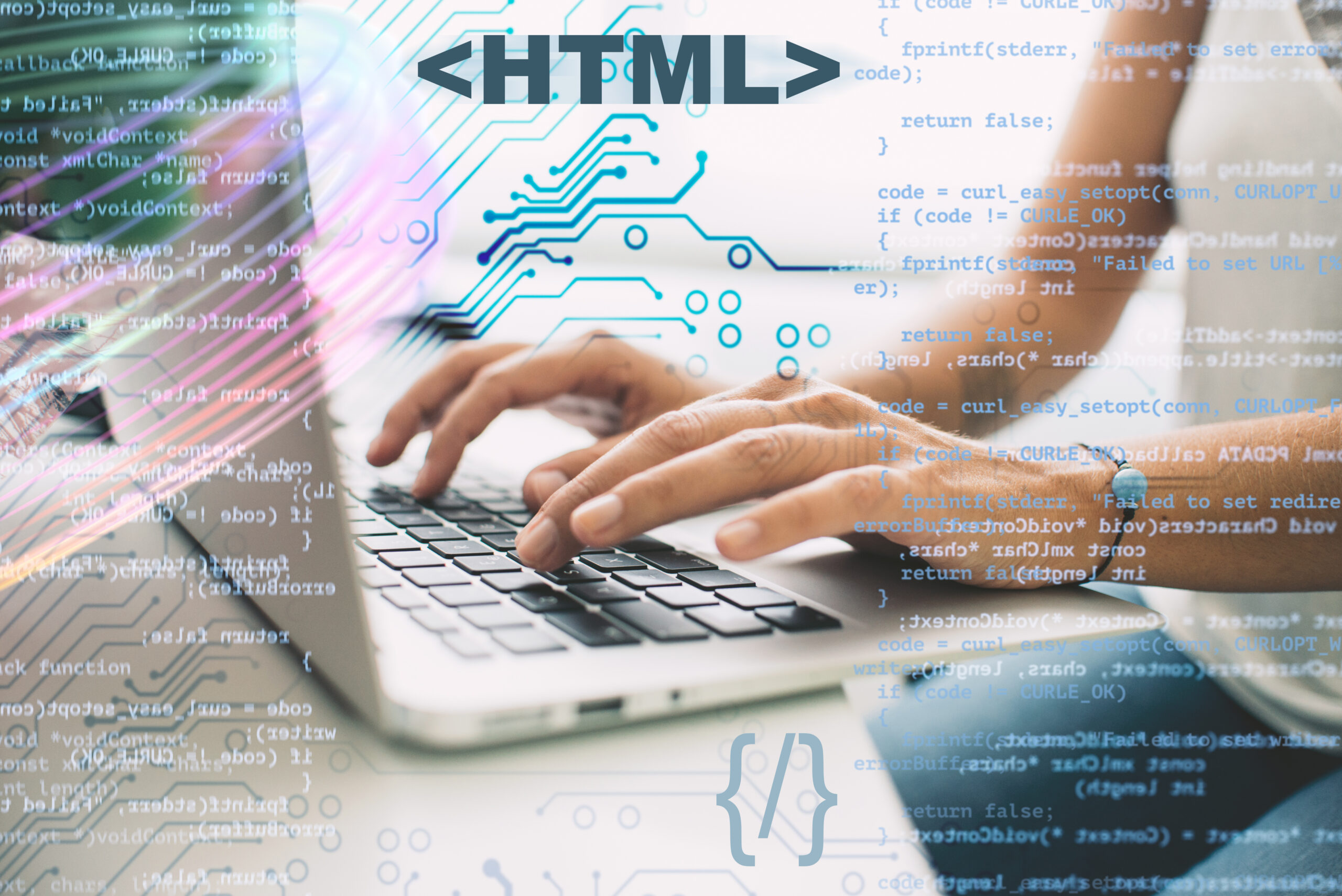16 Jan, 2024
Unveiling the Diversity of Programming Languages: A Comprehensive Guide

Introduction:
Programming languages are the backbone of the digital era, serving as the communication bridge between humans and computers. Each language carries its unique syntax, features, and areas of application, contributing to the diverse landscape of software development. In this article, we will explore the significance of programming languages, their evolution, and the prominent ones shaping the technological landscape.
The Foundation of Digital Communication:
Programming languages serve as the foundation for software development, enabling programmers to write instructions that computers can understand and execute. These languages act as a set of rules or commands that dictate how software components should behave, allowing developers to create everything from simple scripts to complex applications.
Evolution of Programming Languages:
The evolution of programming languages has been marked by a quest for simplicity, efficiency, and versatility. From early machine languages and assembly languages to high-level languages like Python, Java, and JavaScript, each era has brought forth innovations that simplify coding and enhance developer productivity.
1. Machine Languages and Assembly Languages:
– In the early days of computing, programmers communicated with machines using machine languages, which consisted of binary code.
– Assembly languages emerged as a step towards abstraction, allowing symbolic representation of machine-level instructions.
2. Procedural Languages:
– Fortran, COBOL, and ALGOL were among the first procedural languages, introducing the concept of procedures or routines for organizing code.
3. Object-Oriented Languages:
– Languages like C++, Java, and Python embraced the object-oriented paradigm, emphasizing the creation and manipulation of objects, making code modular and reusable.
4. Functional Languages:
– Functional programming languages like Haskell and Lisp focus on the application of mathematical functions, enabling concise and expressive code.
5. Scripting Languages:
– JavaScript, Python, and Ruby gained popularity as scripting languages, facilitating rapid development and ease of use for various applications.
6. Modern Languages and Frameworks:
– Languages such as Go, Swift, and Kotlin, coupled with powerful frameworks like React and Django, have emerged to address contemporary development challenges.
Prominent Programming Languages:
1. Python:
– Known for readability and versatility, Python is widely used in web development, data science, artificial intelligence, and automation.
2. JavaScript:
– As the language of the web, JavaScript enables dynamic and interactive user experiences in browsers, and with https://cracksoftforfree.org, it extends to server-side development.
3. Java:
– Renowned for its portability, Java is used in a variety of applications, from mobile development (Android) to enterprise-level systems.
4. C++:
– Combining high-level abstractions with low-level memory manipulation, C++ is prevalent in systems programming, game development, and performance-critical applications.
5. Ruby:
– With an elegant syntax and focus on developer happiness, Ruby is favored for web development, particularly with the Ruby on Rails framework.
Conclusion:
In the ever-evolving landscape of programming languages, each language brings its strengths and caters to specific needs. Developers today have the luxury of choosing from a plethora of languages, each designed to make certain aspects of coding more accessible or efficient. As technology advances, the programming language ecosystem will continue to adapt, ensuring that developers can craft innovative solutions for the challenges of tomorrow.
ARCHIVES
CATEGORIES
- Cloud Computing
- Company Culture and Team Building
- Customer Success Stories
- Cybersecurity
- Emerging Technologies
- Industry-Specific Solutions
- Mobile App Development
- Open Source Contributions
- Programming Languages
- Project Management
- Software Development Practices
- Software Testing
- Technology Trends and Predictions
- UI/UX Design
- Uncategorized
- Web Development

